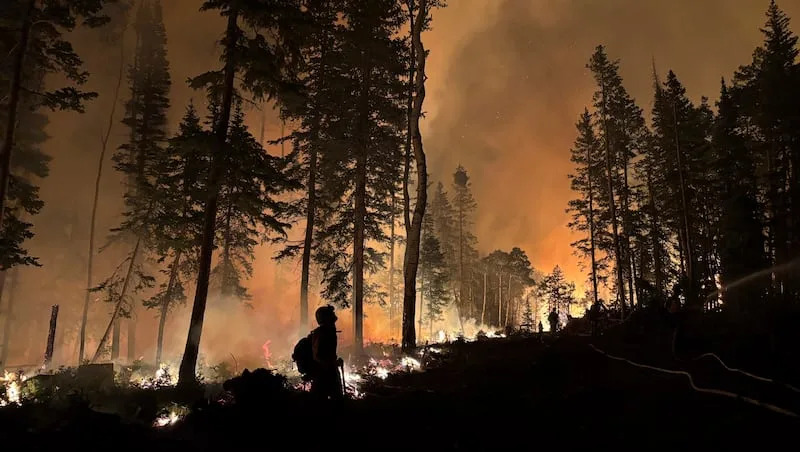
Close to 700 wildfires have ripped through nearly 114,000 acres in Utah, prompting Gov. Spencer Cox to issue an emergency declaration Thursday to help those impacted.
The state of emergency is in effect for 30 days and is designed to help protect drinking water supplies, wildfire victims, ranchers and others.
“Heroic efforts are underway as firefighters and emergency personnel work around the clock to save homes and neighborhoods,” Cox said. “We are mobilizing every tool at our disposal to support them and keep Utahns safe.”
The executive order activates the State Emergency Operations Plan, authorizes the deployment of the Utah National Guard if needed, and streamlines assistance for local governments under Utah law.
On Friday, Cox will travel to the Monroe Canyon Fire to receive an on-site briefing, meet with local leaders and fire teams, and provide an update to members of the media.
The Monroe Canyon Fire has burned more than 37,000 acres and destroyed seven cabins and homes.
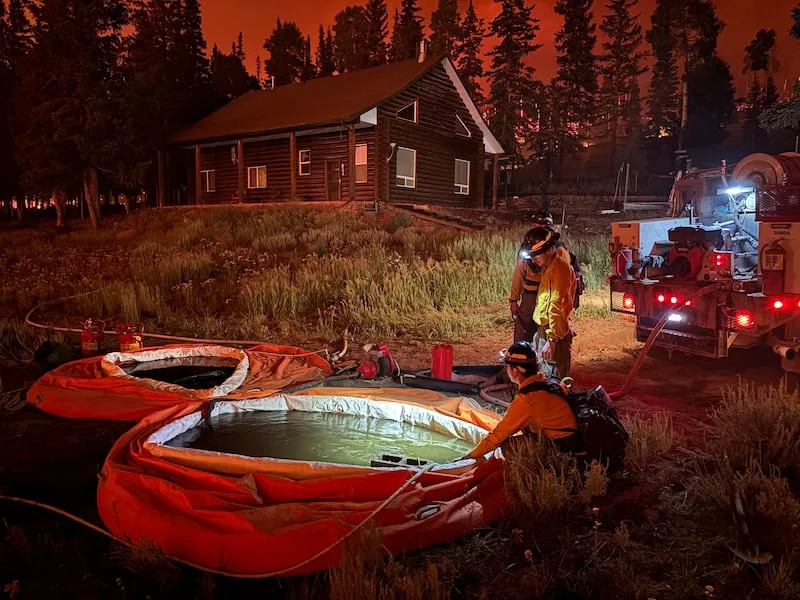
Shifting winds, abundant dry fuels, and fast-moving flames continue to threaten the surrounding community. The governor is urging residents to follow evacuation orders and stay clear of the area so first responders can operate safely and effectively.
So far this year, 72% of Utah’s wildfires have been human-caused. The governor reminded the public that “fire sense” saves lives and property by reducing sparks from everyday activities and helping firefighters focus on blazes ignited by lightning.
There have been 22 Red Flag warning days — marked by high winds, low humidity and critically dry fuels — which underscore the extreme conditions firefighters face. The challenges follow record-low snowpack and precipitation that extended the warm, dry period in much of the state.
The governor’s executive order notes the four largest active wildfires as of Thursday have burned more than 100,000 acres with the cost to fight fires exceeding $103 million.
Aside from the immediate threats to public health, firefighter and law enforcement safety, as well as to homes, livestock and recreational cabins, these wildfires have prolonged impacts.
His order notes that the aftermath will result in burn scars, increased flooding risks and altered landscapes.
According to the U.S. Drought Monitor, poor surface water conditions are present in many streams and rivers of western Wyoming, Utah, western Colorado, central Arizona, and northern New Mexico.
More than 60% of Utah’s land is in severe drought, while some isolated pockets are in extreme drought.
The National Weather Service in Salt Lake City has said it is hoping for an active monsoon season to counter those impacts, but the outlook is dismal.
Earlier this month, the Utah Division of Water Resources echoed those concerns about the need for more precipitation.
On average, Utah reservoirs dropped around 10% between June 1 and July 1. Typically, reservoirs drop around 2% during the same period. This is due to increased demand and an inefficient spring runoff earlier this year.
“We have seen some water restrictions go in place around the state,” Candice Hasenyager, division director said.
“Restrictions are very localized and we rely on Utahns to be in touch with their water provider for any restrictions that may be in place.”
Some junior water right holders may have already seen curtailments of their water supply go into effect.
Wildfires are particularly problematic for the packed Wasatch Front, with state experts drafting revised plans to help those who live in what is called the wildland urban interface.
As an example of this, the Wasatch canyons such as Big and Little Cottonwood are particularly vulnerable.
Some areas may have to implement additional precautionary practices to avoid losing or to reduce home insurance premiums due to wildfire risk.
It is a top priority for the Utah Division of Forestry, Fire and State Lands.
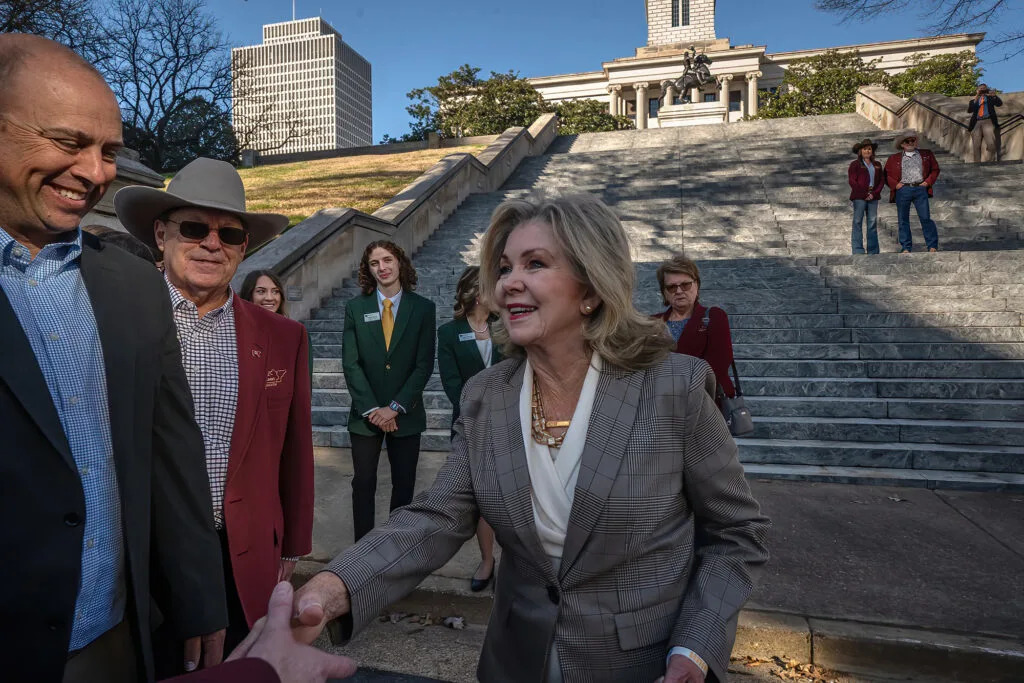

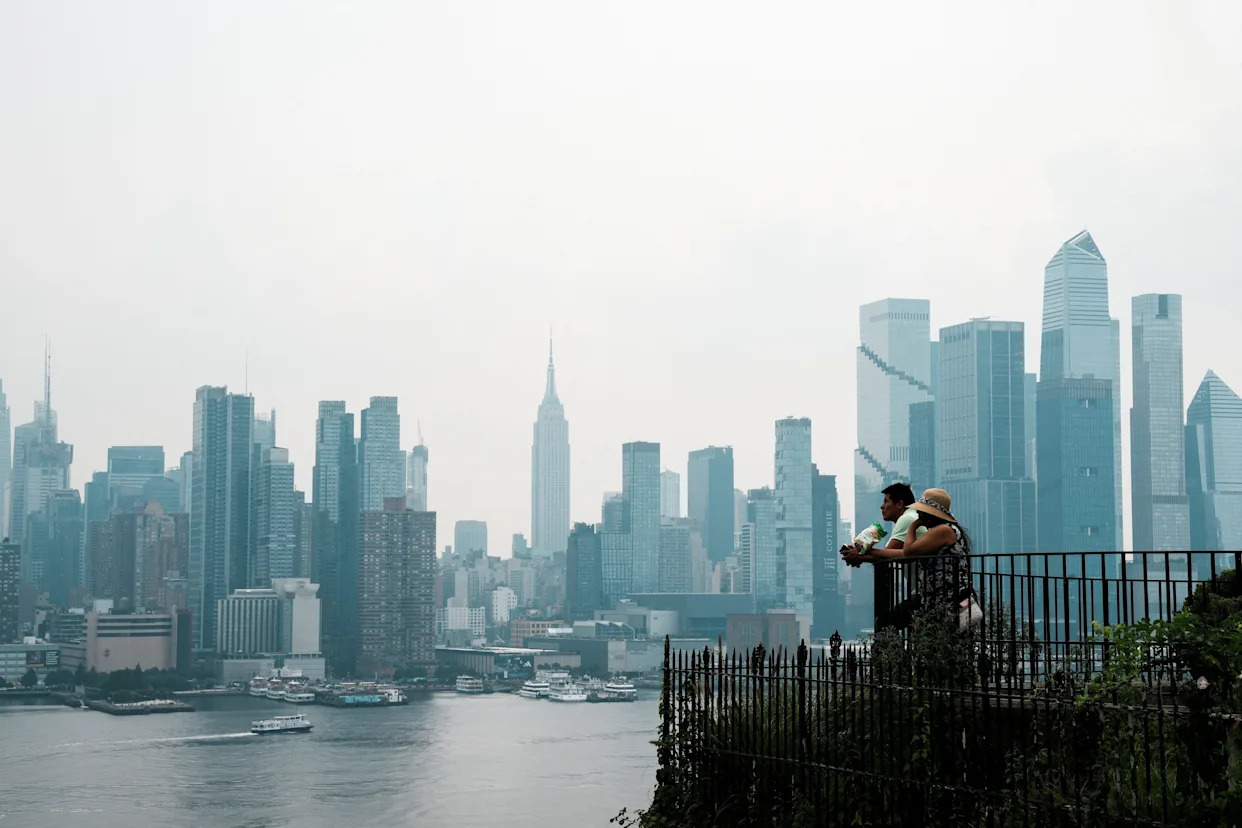
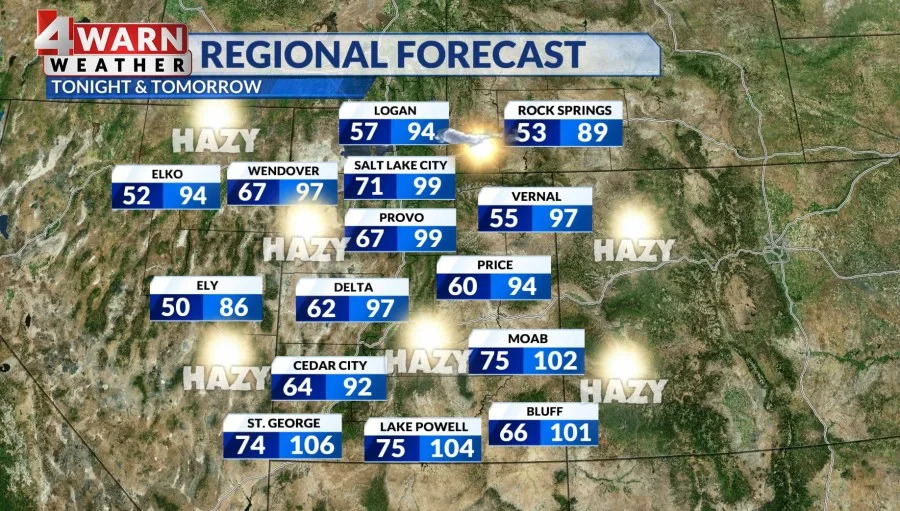
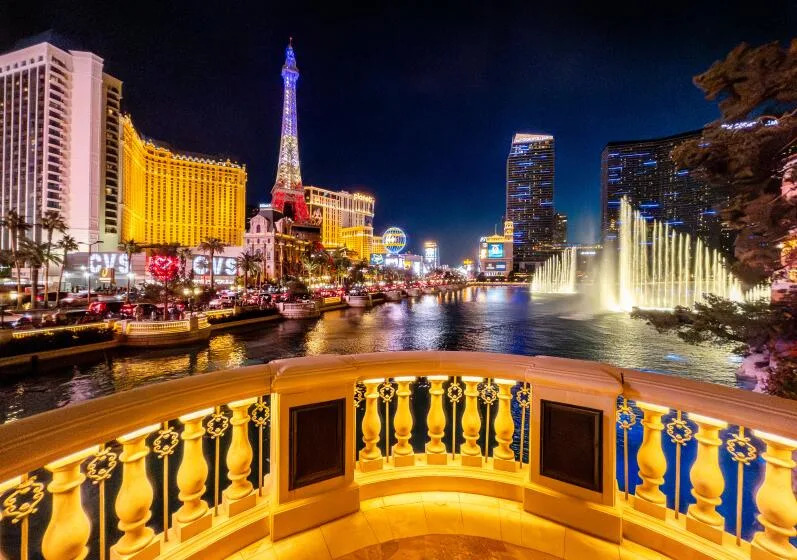
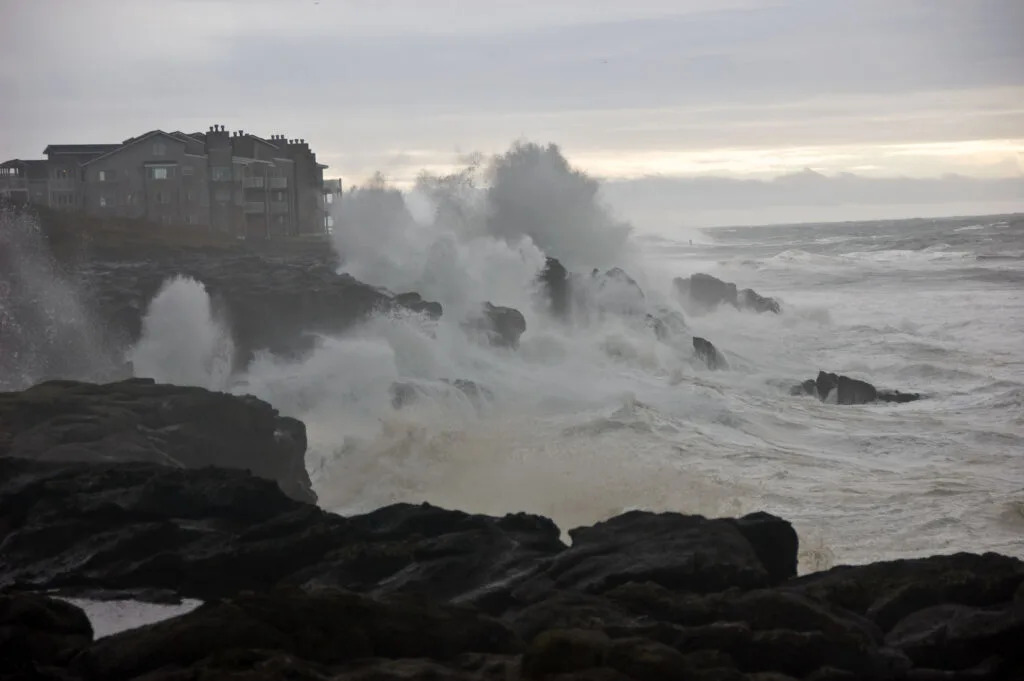
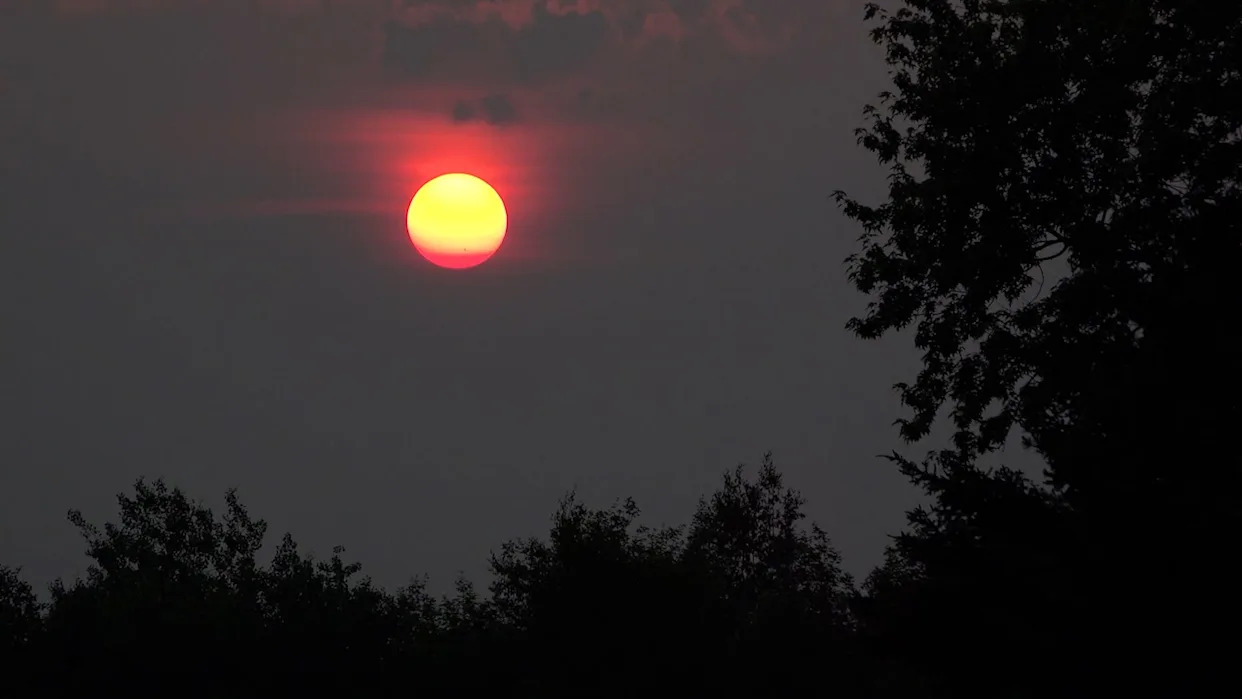
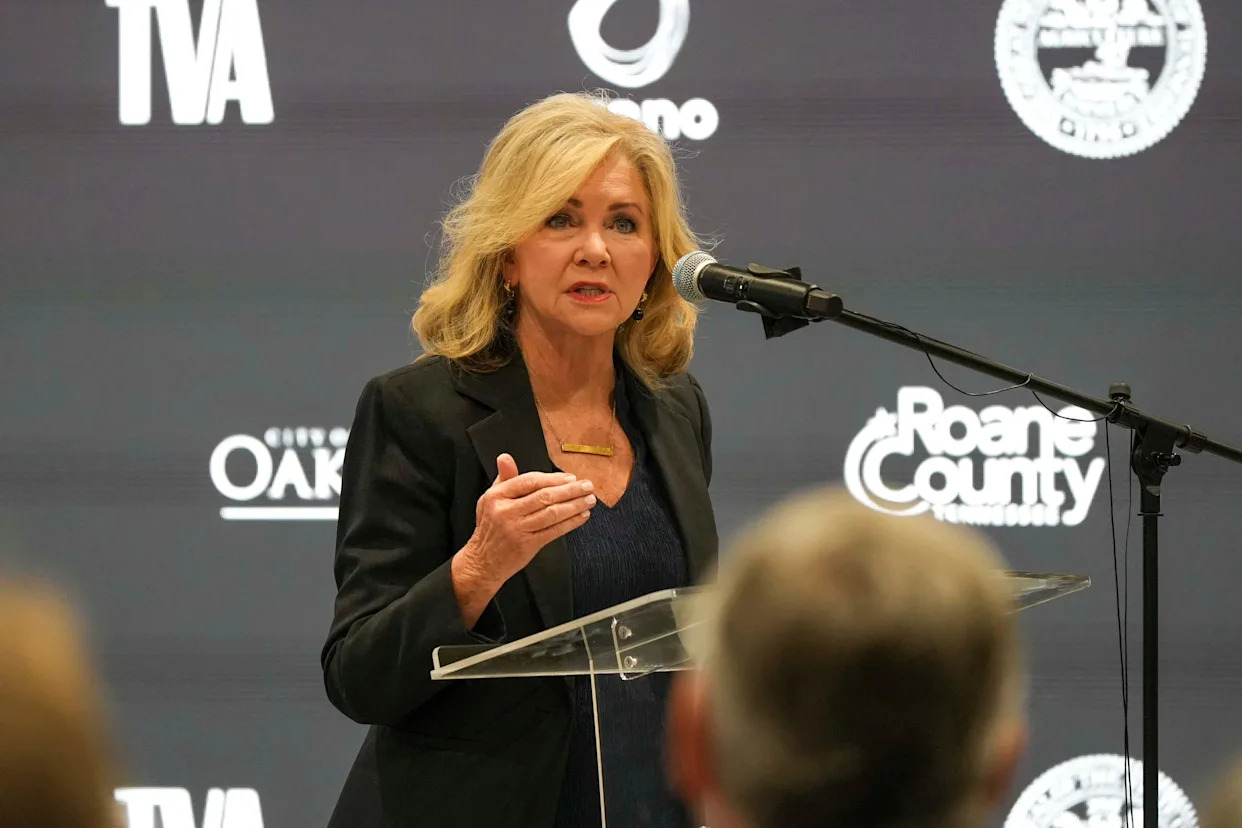
Comments